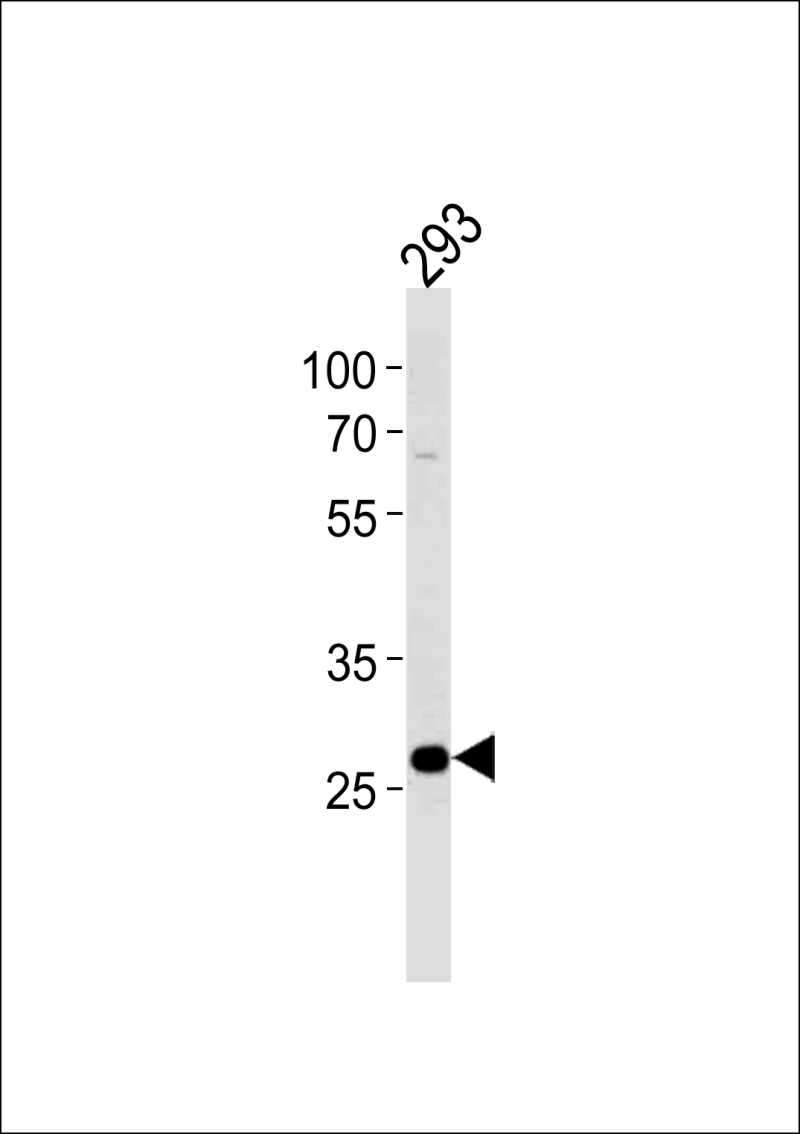
| WB | 咨询技术 | Human,Mouse,Rat |
| IF | 咨询技术 | Human,Mouse,Rat |
| IHC | 1/50-1/300 | Human,Mouse,Rat |
| ICC | 技术咨询 | Human,Mouse,Rat |
| FCM | 咨询技术 | Human,Mouse,Rat |
| Elisa | 1/5000-1/10000 | Human,Mouse,Rat |
| Aliases | Basic salivary proline-rich protein 4, Salivary proline-rich protein Po, Parotid o protein, Salivary proline-rich protein II-1, Protein N1, Glycosylated protein A, Peptide P-D, Proline-rich peptide IB-5, PRB4 |
| WB Predicted band size | 31.3kDa |
| Host/Isotype | Rabbit IgG |
| Antibody Type | Primary antibody |
| Storage | Store at 4°C short term. Aliquot and store at -20°C long term. Avoid freeze/thaw cycles. |
| Species Reactivity | Human |
| Immunogen | This PRB4 antibody is generated from a rabbit immunized with a KLH conjugated synthetic peptide between 100-130 amino acids from the Central region of human PRB4. |
+ +
以下是关于KIR3DL1抗体的3篇示例文献(内容为模拟,仅供参考):
---
1. **文献名称**:*"Blockade of KIR3DL1 Enhances NK Cell Activity in HLA-Bw4-Positive Cancers"*
**作者**:Smith J, et al.
**摘要**:本研究证明抗KIR3DL1单克隆抗体通过阻断KIR3DL1与HLA-Bw4的相互作用,显著增强自然杀伤(NK)细胞对表达HLA-Bw4的肿瘤细胞的杀伤活性,为靶向KIR3DL1的癌症免疫治疗提供实验依据。
---
2. **文献名称**:*"KIR3DL1 Antibody Therapy Reduces Viral Reservoir in HIV-1 Infection"*
**作者**:Garcia-Beltran WF, et al.
**摘要**:通过体外实验和灵长类模型,研究发现抗KIR3DL1抗体可逆转NK细胞在HIV感染中的功能耗竭,抑制病毒储存库的形成,提示其作为联合抗逆转录病毒治疗的潜在辅助手段。
---
3. **文献名称**:*"Genetic Polymorphism of KIR3DL1 Influences Antibody-Dependent Cellular Cytotoxicity"*
**作者**:Pyo CW, et al.
**摘要**:分析KIR3DL1基因多态性对抗体依赖性细胞毒作用(ADCC)的影响,发现特定等位基因型(如KIR3DL1*005)与抗KIR3DL1抗体疗效显著相关,为个体化免疫治疗提供分子标志物。
---
**备注**:以上文献为示例,实际引用时需通过学术数据库(如PubMed、Web of Science)核实真实存在的研究。若需具体文献,可进一步提供检索关键词或研究方向。
KIR3DL1 is a member of the killer cell immunoglobulin-like receptor (KIR) family, primarily expressed on natural killer (NK) cells and certain T-cell subsets. These receptors play a critical role in regulating NK cell activity by interacting with human leukocyte antigen (HLA) class I molecules on target cells. Specifically, KIR3DL1 is an inhibitory receptor that recognizes HLA-Bw4 epitopes, a subset of HLA-B allotypes characterized by specific amino acid motifs at positions 77–83. Upon binding to HLA-Bw4. KIR3DL1 transmits inhibitory signals through immunoreceptor tyrosine-based inhibitory motifs (ITIMs) in its cytoplasmic tail, suppressing NK cell cytotoxicity and cytokine production. This interaction ensures self-tolerance while enabling NK cells to detect and eliminate cells lacking HLA class I expression, such as virus-infected or malignant cells.
KIR3DL1 exhibits extensive genetic polymorphism, resulting in allelic variants with differing cell surface expression levels, binding affinities, and signaling capacities. This diversity influences individual immune responses to infections, cancer, and pregnancy outcomes. Clinically, KIR3DL1-HLA-Bw4 compatibility is studied in hematopoietic stem cell transplantation, where donor-receptor mismatches may reduce relapse risk but potentially increase graft-versus-host disease. Additionally, KIR3DL1 antibodies are utilized in research to investigate NK cell education, receptor-ligand dynamics, and therapeutic strategies targeting immune evasion in cancers or chronic viral infections. Recent efforts also explore modulating KIR3DL1 signaling to enhance immunotherapy efficacy.
×